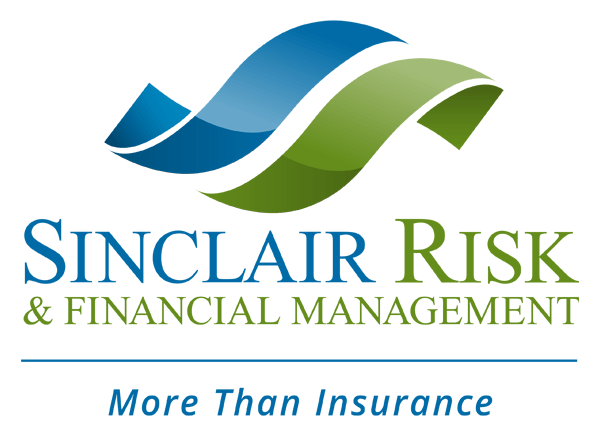Job descriptions are an essential component of any organization. Not only is it important that they are thorough and accurate when first crafted, it is also vital that they are kept up-to-date, as employees’ job functions may evolve.
Inaccurate or outdated job descriptions can also negatively affect recruiting and productivity, are a detriment to the employer-employee relationship and pose serious legal risks for the company.
Impact on Recruiting
When a recruiter is told to hire a new employee, he or she should have a clear idea of the type of person to hire—specifically which qualities, skills and experience to look for to yield a solid group of candidates. This can be gleaned from a detailed job description. Without one, the recruiter cannot hope to find a candidate that will match the manager’s expectations for the position.
On the applicant side, prospective employees need specific job descriptions to decide if the position is a good fit for their qualifications and their desired career. Well-written, accurate job descriptions will ensure that the most relevant, qualified candidates apply for the job.
Employer Expectations
Having a comprehensive job description creates a concrete set of expectations for the employer to communicate to the employee. The employee is aware of his or her responsibilities as outlined in the job description, so there is less confusion about job expectations. It can also serve as an evaluation tool for employers to measure job performance based on pre-defined job duties.
Legal Implications – the fine print.
Perhaps most importantly, accurate and up-to-date job descriptions will limit company liability. Job descriptions have been successfully used by employees against former employers in recent litigation.
- Fair Labor and Standards Act (FLSA): The FLSA defines exempt and non-exempt status—exempt employees are not subject to minimum wage and overtime pay requirements. This can be a serious liability if an employee began work under exempt status, but is now performing non-exempt work as well without an updated job description. The job description must make clear whether the employee is exempt or not and must be in line with the duties the employee is actually performing—failing to do so can leave companies vulnerable to lawsuits.
- Exempt: The employee must be paid a salary (not an hourly fee) and perform duties defined as relatively high-level work in which the employee uses judgment and discretion on a regular basis. The employee’s primary duties must fit this classification in order to be considered exempt.
- Non-exempt: Any employee who is paid by the hour is non-exempt, and thus subject to minimum wage and overtime requirements.
- Americans with Disabilities Act (ADA): The ADA stipulates that employers define the “essential functions” of a job, which are the basic duties that an employee must perform. An individual is only protected under the ADA if he or she is capable of performing the essential functions of a job, so it is vital that these functions are specified.
Don’t overlook this key HR must have – the Employee Job Description – it should be part of your overall Risk Management program.
Concerned that your company may have a gap and be at risk? Clients of Sinclair Risk & Financial Management have access to Human Resources Management and other tools to help improve their business’s bottom line.
If you are struggling with creating the correct job descriptions, other HR compliance documents or are concerned that perhaps your current Risk Management program is less than stellar – give me a call, we can take a review and get you on the right track.
Marty Shea. VP of Sales
P: 203-284-3208
C: 860-202-1773

